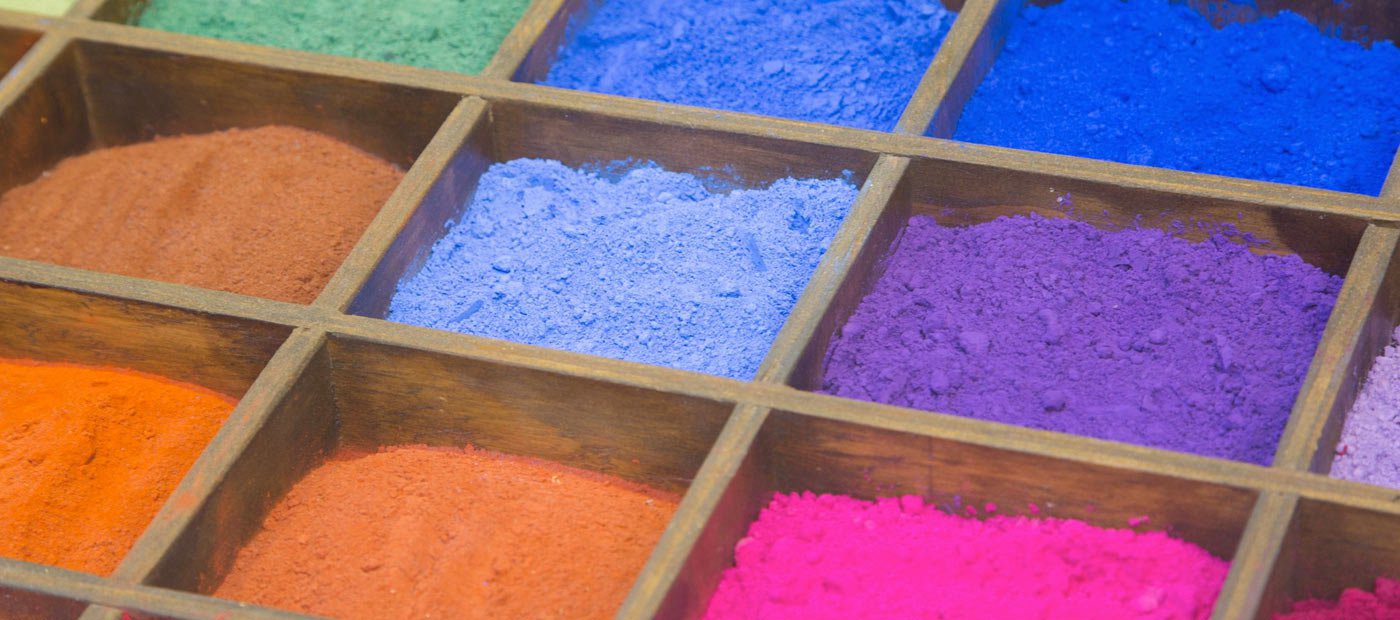When you think Target, you probably think red. Apple? White. UPS? Brown. Big-name brands are often synonymous with their color palettes. If you walked into a Target store and saw splashes of blue or green on the walls, you’d likely be confused. If you didn’t see white tables displaying shiny products at the Apple store, you might turn around and check whether you’re in the right place.
These examples alone highlight the importance of choosing the right colors for your brand. Choosing the right colors means so much more than determining what looks best. Whether you’re aware of it or not, your brand’s colors are sending subliminal messages to consumers.
In fact, people make subconscious decisions about products and environments within the first 90 seconds of exposure, and it is estimated that 62-90 percent of this subconscious assessment is based on color alone. This means your brand logo and color palette can make or break a consumer’s decision to engage with your brand or become a customer.

Making the Most of Your Brand Identity
steps needed to create a strong brand identity, but they are important steps nonetheless and shouldn’t be glossed over. Now is the time to ask yourself, what do your brand colors say about your company? Could your brand colors be sending your audience hidden messages?
We’re diving into what brand colors mean for your business and your reputation.
Characteristics Inform Color
If you haven’t already, your team should define the values and characteristics of your brand, and then determine which of them is imperative to represent through your visual identity.
If you’re serious about your reputation, it’s time to think about the hidden messages your brand colors are sending.
Is your brand playful or informative? Energetic or subtle? Young or sophisticated? Determining which characteristics best represent your brand will help you avoid a common mistake: choosing your brand colors based on nothing more than someone’s arbitrary decision about what looks nice.
It’s imperative to have your brand ethos and key messages locked down before you move onto developing or updating your visual identity. If you’re serious about your brand’s reputation, it’s in your best interest to consult with designers and marketing experts about what hidden messages your brand’s colors might send your audience.
Hidden Messages Your Brand Colors May Be Sending
You know color plays an important role in developing and maintaining a strong brand identity, but how do you know what color to choose? Brand strategists, designers, and psychologists around the world have researched color’s impact on consumers, and it all points to some intriguing color associations:
Red
Associated with love, power, appetite, and danger, red is one of the most common colors used in the food industry. It can cause some to feel hungry, while also evoking excitement and passion.
BRANDS USING RED: McDonald’s, Target, Coca-Cola
Orange
Typically associated with energy, creativity, and affordability, orange makes consumers feel cheerful, enthusiastic, and open.
BRANDS USING ORANGE: Nickelodeon, Fanta, Home Depot
Yellow
Yellow is often associated with positivity, warmth, and play. It evokes happiness and optimism.
BRANDS USING YELLOW: Snapchat, Best Buy, DHL
Green
Green means new beginnings. The color is associated with growth, money, healing, and nature.
BRANDS USING GREEN: Starbucks, Whole Foods, John Deere
Blue
Feeling calm, peaceful, and secure is often the result of exposure to shades of blue. The color is associated with authority, trust, stability, and confidence.
BRANDS USING BLUE: Samsung, Oral B, American Express
Violet
Violet is associated with royalty, mystery, glamour, and fantasy. The use of violet often evokes emotions such as bravery and nostalgia among consumers.
BRANDS USING VIOLET: Hallmark, Yahoo, FedEx
Black
Black represents formality, luxury, secrecy, and distinction. It often evokes feelings of wisdom and security in consumers.
BRANDS USING BLACK: Nike, Adidas, HBO
White
White is modern, simple, innocent, and fresh. Among consumers, it often evokes feelings of virtue, honesty, and peace.
BRANDS USING WHITE: Apple, WordPress, World Wildlife Fund
Of course, a number of colors exist outside this list, but this should give you a good sense of the vastly different impact different colors may have on consumers. Did you find your brand color on the list? If so, does its associations match your brand’s values? If not, now might be the time to overhaul your brand’s visual identity.
Creating a Color Palette
Now that you’re aware of the hidden messages different colors send, it’s time to ramp up your color palette. After all, even if your brand’s primary color is in line with your brand values, secondary colors could be sending the wrong message, or even weakening your brand’s primary color. As much as possible, you should choose a color palette that sets your brand apart. Work with designers to find colors that not only represent your brand values, but also add depth to your overall image and showcase the originality of your brand.
Send the Right Message
You want to make sure your brand colors are sending the right message to the right people. Armed with an understanding of colors and their hidden meanings, you’re better equipped to define your brand’s values and set your sights on refinement.
Put your personal feelings about favorite colors aside—it’s time to make a strategic decision about your business. Spend time finding a color that aligns with the characteristics of your brand, and then find a designer to help flesh out secondary and complementary colors to match. Once you’ve refined your brand colors, you’ll be ready to share your new identity with the world.
Learn more about developing a strong brand identity with these nine tips.




